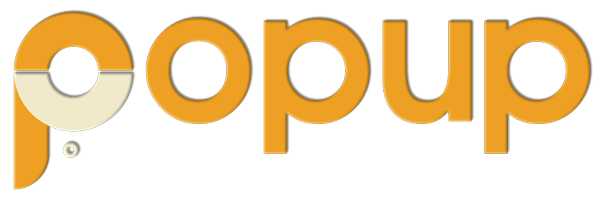
How to Audit Your IT Systems for Better Efficiency
Think of your IT systems as the nervous system of your business. They keep everything connected, running, and responsive. But over time, just like any system, things can slow down, become outdated, or start to fail. That’s where an IT audit comes in — and it’s not just for tech-heavy companies. Whether you're a retail shop, consulting firm, or growing business in Qatar, auditing your IT systems ca
How to Audit Your IT Systems for Better Efficiency
POPUP IT Solutions | For Smarter, More Streamlined Operations
Table of contents [Show]
Introduction
Think of your IT systems as the nervous system of your business. They keep everything connected, running, and responsive. But over time, just like any system, things can slow down, become outdated, or start to fail. That’s where an IT audit comes in — and it’s not just for tech-heavy companies. Whether you're a retail shop, consulting firm, or growing business in Qatar, auditing your IT systems can save money, reduce downtime, and boost performance.
At POPUP, we’ve helped businesses uncover hidden inefficiencies and turn their tech into a true asset. Here’s a step-by-step guide to auditing your IT systems — the smart way.
1. Set Clear Objectives
Before diving into your audit, define what you want to achieve.
Are you:
Looking to cut unnecessary costs?
Preparing for a digital transformation?
Ensuring compliance and security?
Trying to improve speed and productivity?
Your goals will shape the depth and scope of the audit.
2. Take Inventory of All Assets
This includes:
Hardware (computers, servers, routers)
Software (licenses, versions, expiry dates)
Cloud services and subscriptions
Network components
Security tools
Use asset management tools or simple spreadsheets to keep everything organized. The more accurate your inventory, the more effective your audit will be.
3. Evaluate Performance and Usage
Identify what’s being used — and what’s not.
Unused or underused tools can be a waste of money, while outdated systems may slow operations.
Ask:
Are your systems running at optimal speed?
Do employees experience regular tech issues?
Is software up-to-date and relevant to your needs?
This step often uncovers bottlenecks and opportunities for automation or upgrade.
4. Check for Security Gaps
Cybersecurity is no longer optional — especially in Qatar’s evolving digital ecosystem.
Review:
Firewall and antivirus configurations
Password policies and access controls
Backup and recovery plans
Software update and patch status
POPUP recommends scheduling regular vulnerability assessments to stay ahead of threats.
5. Review Costs vs. Value
Break down IT expenses and determine their ROI.
Look at:
Subscription renewals
Licensing fees
Maintenance and support costs
Ask yourself: Are you overpaying for tools you barely use? Can you bundle services? POPUP often helps clients optimize their tech stack without increasing their budget.
6. Get Feedback from Users
Your team is the best source of information when it comes to real-world efficiency.
Are tools easy to use?
Do they help or hinder daily workflows?
What improvements do your employees suggest?
At POPUP, we believe IT systems should serve people — not the other way around.
7. Create an Action Plan
Once you've gathered data and insights, turn them into an action plan.
Retire or replace outdated hardware
Upgrade software and tighten security
Consolidate systems to reduce complexity
Provide training where needed
Need help implementing changes? POPUP offers full IT support, from consulting to execution.
Conclusion
Auditing your IT systems isn’t just a one-time task — it’s an ongoing commitment to better performance, smarter spending, and stronger security. At POPUP, we make the process simple, effective, and aligned with your business goals.
Ready to streamline your systems and boost productivity? Let’s talk about your IT audit today.
Benie Mansueto Vison
Leave a comment
Your email address will not be published. Required fields are marked *
